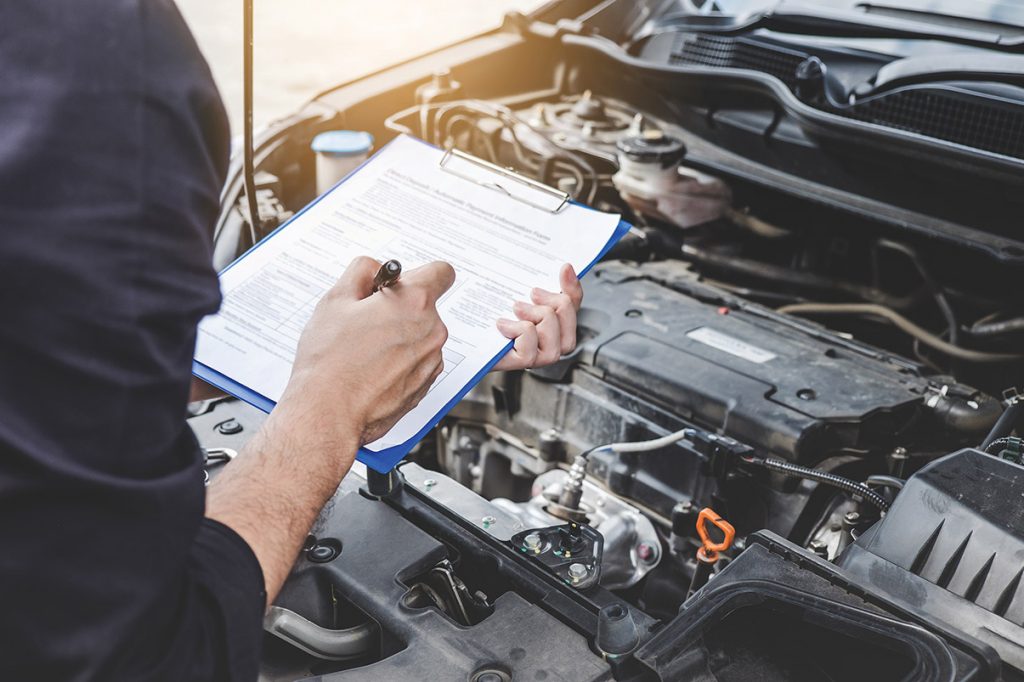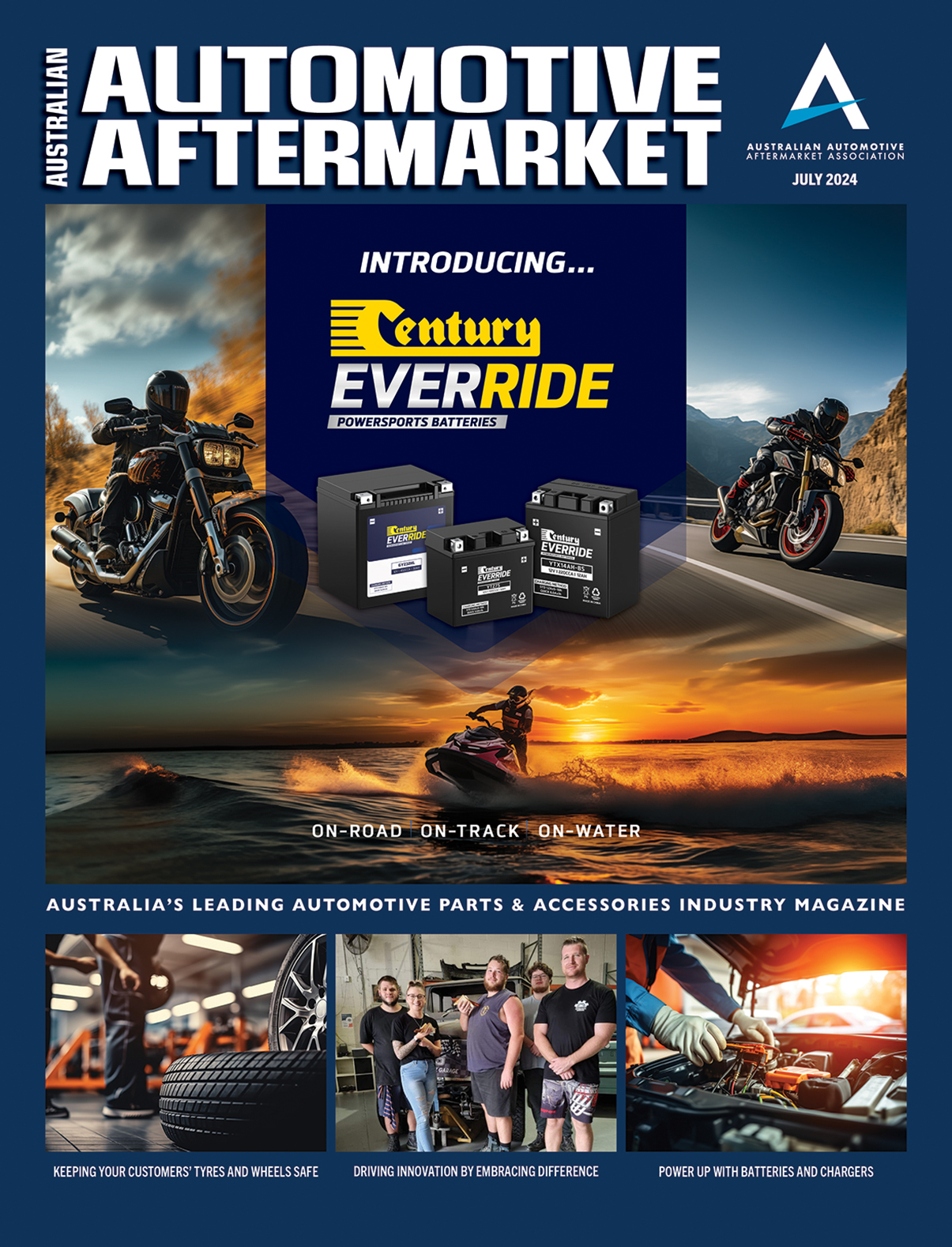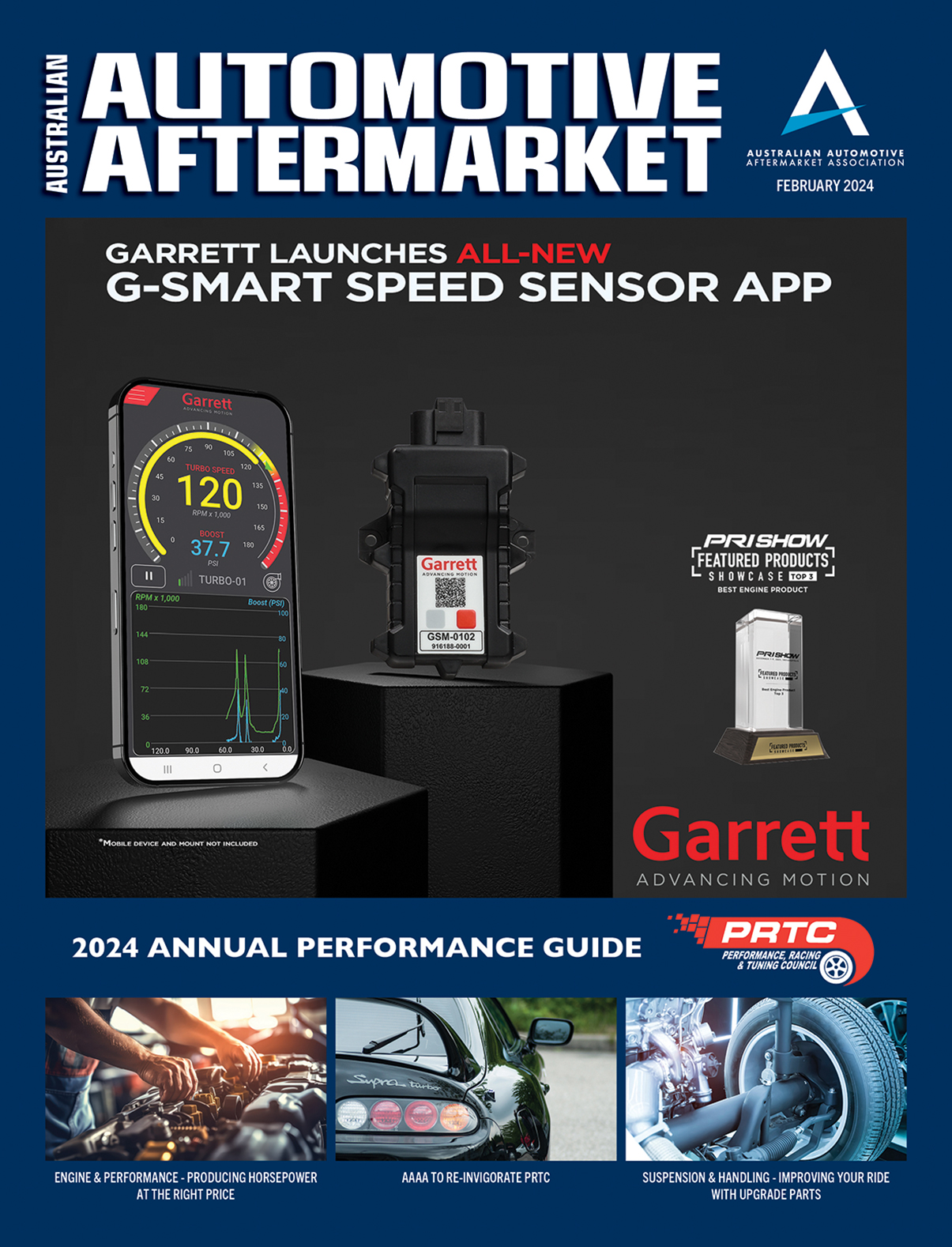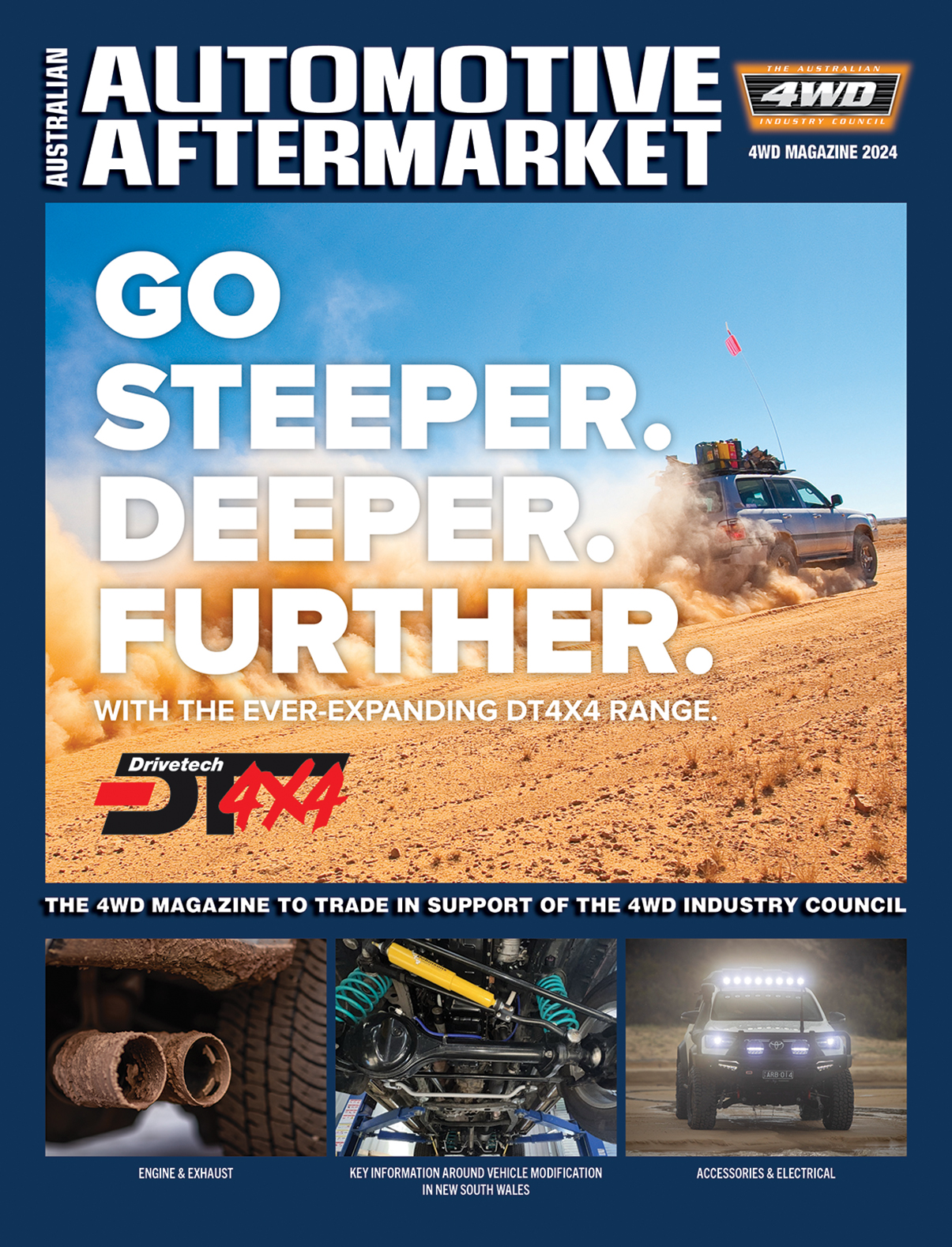TAKING CHARGE OF THE SAFETY INSPECTION CONVERSATION
Vehicle safety inspections save lives, reduce emissions, and improve vehicle reliability

The average age of vehicles across Australia has increased to 10.6 years, and the ongoing new car supply issues, interest rate rises, and pressure on household expenditure may continue to age our fleet in the short term. The economic and social value of the car is beneficial to the consumer only if the vehicle is operating well, and as the vehicle ages, components reach their end of useful service life.
Regular inspections keep the car in safe working order, maintain the value of the asset, and promote consumer awareness of proper vehicle maintenance. For most these regular inspections occur during the logbook service – but for under-serviced vehicles, the roadworthy can be the one and only time for a trained technician to examine the safety systems.
The benefits of these inspections are clear, but what is the rationale for different regulatory regimes in every state and territory? Roadworthy certificate, pink slip, blue slip, e-Safety Check, Safety Certificate, Safety Inspection, Call-In Notice, Certificate of Roadworthiness…all refer to pretty much the same intent, if not the same process.
It will not be new information to anyone reading that the patchwork of vehicle inspection regulations across Australian states and territories is a mind-numbing exercise of ‘same, but different.’ In fact, no two states or territories are identical in their requirements, their process, or the fee.
The regimes vary from relaxed (only required for transferring from another state or lapsed registration for more than three months) to the strongest regime in New South Wales, which has a periodic inspection scheme for vehicles older than five years. The conditions that trigger a roadworthy vary, and so too does the process, the preconditions and of course, the set (government regulated) fee.
The situation may not be confusing to a car owner because vehicles are registered in a particular state and consumers are only exposed to the requirements of their own state governments. But the patchwork of contradictory systems means a great deal to workshops that operate nationally or across more than one state, as it adds to the cost of doing business, is hard to keep on top of the requirements and, as is the way with government regulations, the rules seem to change frequently and without adequate consideration of the consequences.
Offering these inspections is not an easy process for a qualified automotive workshop or the specific light vehicle technician either. Requirements include police checks, training, years of experience and a range of mandatory equipment that is checked and calibrated every 12 months. Then add in the random audits and the lack of fee indexation and inevitably, many are asking if it is a good business decision to continue to offer roadworthy inspections as a fee for service option.

There is also a level of frustration at unfairness and injustice. Have a look at some of the feedback and there are so many comments about individual cases of a workshop that will fail the roadworthy only to see someone else provide the slip, seemingly with no questions asked. The irony of most, if not all the state systems is compliant, registered workshops are audited frequently, and the non-complaint workshops rarely see an inspector and we see little enforcement action on the outliers.
We could whinge about the two clear injustices here: firstly, the fact that we are one country and surely, we can come to an agreement about what is a roadworthy, and what are the appropriate conditions that should trigger a roadworthy. Secondly, we could shake a fist at the stupidity of same make, same model, same age in different states with different safety check requirements and a somewhat arbitrary dollar figure attached that bears no resemblance to the actual work or the hourly rate for 2023. But the real injustice here is the missed opportunity to encourage safer vehicles and cleaner cars.
Frequent and appropriate community outrage about road safety rarely mentions the condition of the car or the tyres; while our community aspiration to own an EV or a Hybrid misses the opportunity to make our legacy fleet cleaner. And you can’t go a day without a complaint about traffic congestion and if you are on a freeway that has become a car park, it is probably due to a break down in the middle lane and there is a high probability that it is a (preventable) maintenance issue.
Without a logical, clear roadworthy system, we miss out on so much community benefit – better safety, cleaner air, increased reliability. But our roadworthy conversations are not about community benefit – frequently these conversations are about systems that are broken, poorly administered, under-costed and under-enforced.
What does a roadworthy include? When is it required? How much should it cost? These are simple questions that we are in the best position to answer. We could keep on this path; waiting for government to add more and more obligations to the good players, railing against the abysmal fee and the lack of consistency. Or maybe, nationally it is up to us as the automotive professionals to take up leadership on what is a best practice roadworthy scheme in the interests of safety, environment, and our quality of life.
It is time to step up and re-cast the conversation and formulate the answers that work for business and the motoring community.
If you want to lend your voice to our lobbying activities around this important regulatory issue, please contact us at advocacy@aaaa.com.au








